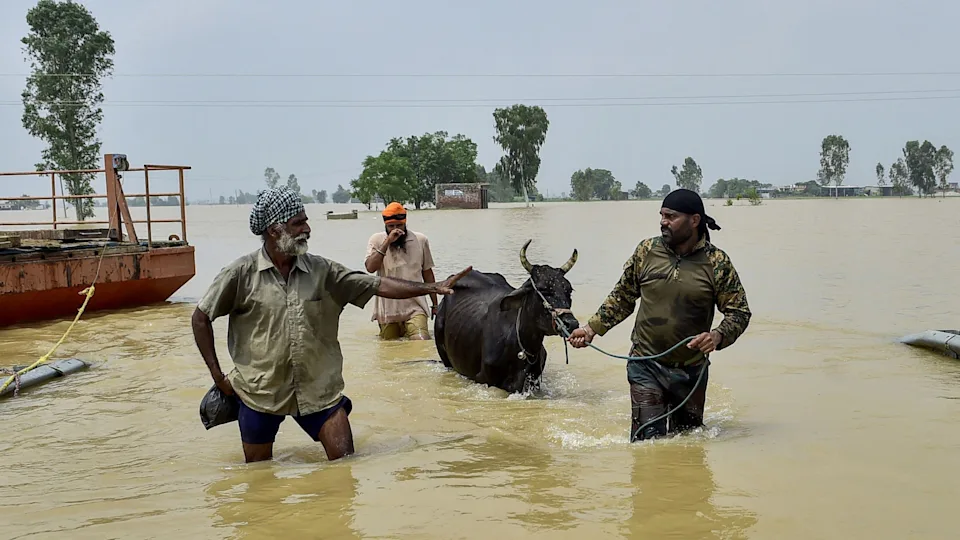Read also:
- Speaker Bagbin Presents Democracy Cup Trophy to President Mahama Ahead of Friday’s Clash
- Ticket Prices Announced for Black Stars’ Clash Against Mali
- NHIS Sagnarigu District Office Pilots 24-Hour Registration Exercise
- Ga Mantse Calls for Compulsory Teaching of Ga and Dangme Languages
- Cardi B Cleared of Assault Charges in $24 Million Lawsuit
Heavy rains and floods in the north Indian state of Punjab have claimed at least 30 lives and affected over 350,000 people. Authorities have declared all 23 districts flood-hit after rivers and reservoirs swelled to near-danger levels. Over 20,000 people have been evacuated from low-lying and flood-affected areas, with hundreds of relief camps set up to provide shelter and essential facilities.
Punjab’s Chief Minister Bhagwant Mann has appealed to the country to “stand by the state,” describing these floods as the worst since 1988. The state’s agricultural sector, which supports a quarter of Punjab’s 30 million people, has been severely impacted, with extensive crop damage reported on 148,000 hectares of agricultural land submerged underwater.
The Sutlej, Beas, and Ravi rivers have risen to dangerous levels, putting hundreds of low-lying areas at risk. Residents living on the banks of the Sutlej river are keeping vigil on water levels throughout the night to ensure their safety. Multiple disaster response teams, including the Indian army, airforce, and navy, are assisting with rescue operations using 35 helicopters and over 100 boats.
The floods have also devastated Pakistan’s Punjab province, affecting around two million people over the past few weeks. India’s weather agency attributes the floods to repeated interactions between monsoon currents and weather systems like westerly disturbances, which have brought unusually heavy rains to several parts of northern India.




